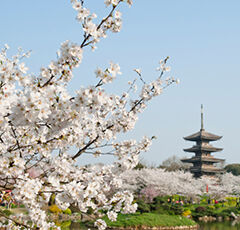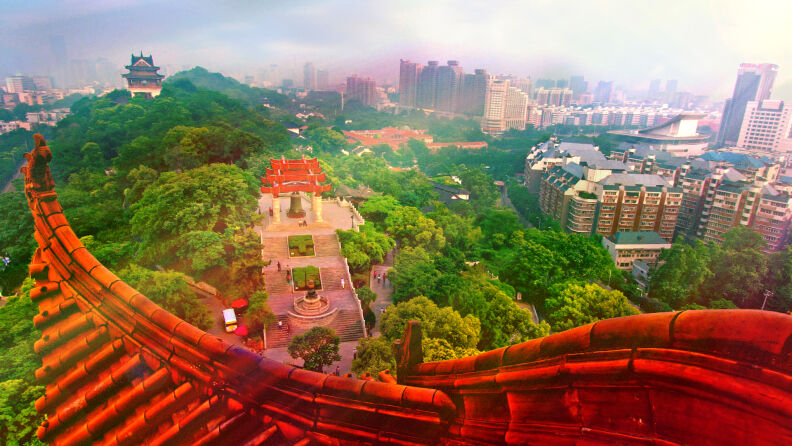Life in Wuhan

Wuhan is the capital of Hubei province, People's Republic of China, and is the most populous city in central China, with more than 10 million inhabitants. It's widely recognised as the political, economic, financial, cultural, educational and transportation centre of central China.

History
The city is perhaps most famous for its pivotal role in the formation of modern China. On 10 October 1911, the Wuchang Uprising, led by Sun Yat-Sen, took place sparking the Xinhai Revolution throughout the nation which resulted in the overthrow of the Qing Dynasty (China's last) and the formation of the Republic of China. The event is commemorated in many place names beginning with 'Shouyi', literally 'First Revolution', including a public square with an attached museum.

City life
Wuhan enjoys all of the benefits of a large city, with many shopping centres, bustling markets and all of the amenities that you could possibly need. All the world’s cuisine is represented across thousands of restaurants and street vendors, including many unique local dishes. Wuhan Tianhe International Airport links the city to the rest of China and the world and a subway network, due to be doubled in size by 2018, makes it easy to get around the city.
Hubei Provincial Museum and Yellow Crane Tower are two places to appreciate ancient Chinese history and culture. In the museum, chimes excavated from tombs reveal the achievements of ancient people in music, acoustics and metallurgy. In addition, the famous Villa of Chairman Mao Zedong on the scenic bank of East Lake, Wuchang, is an ideal place for to learn more about history.

Green spaces
For such a large city, Wuhan has many parks, open spaces and waterways to visit and relax within. These include Wuhan Botanical Gardens, Mulan Heaven Lake and Beach Park. The Yangtze river flows through Wuhan, providing many scenic river vistas and crossing points.